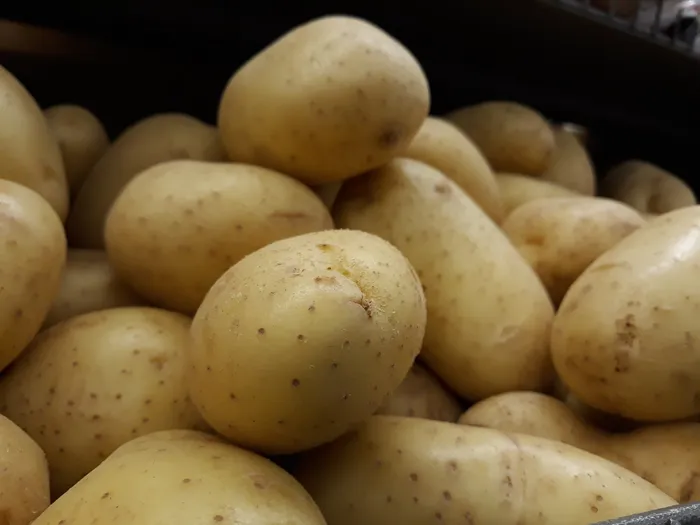Relief for consumers as food inflation eases

Despite an 11.6% increase in supply, a tonne of potatoes was 12.4% higher. Picture: Karen Sandison/African News Agency(ANA)
The reduction in food inflation was sorely needed by cash-strapped South African consumers who continue to contend with various economic challenges.
This is according to Thabile Nkunjana, the agricultural economist for Agro-Food Chains in the Markets and Economic Research Division of the National Agricultural Marketing Council (NAMC) after consumer price inflation data released yesterday by Statistics South Africa data showed that the annual rate for food and non-alcoholic beverages was 11.8%, lower than April’s print of 13.9%.
The price index for this category increased by 0.3% between April and May, the lowest monthly reading since November 2021 (0.1%).
Nkunjana said the improvement in food inflation in South Africa was due to improving market conditions.
“When compared to the previous month, a tonne of white maize averaged R3 587, down 4.5%, a tonne of yellow maize averaged R3 685, down 3.5%, and a tonne of sunflower averaged R8 347, down 3.7%. Wheat prices remained rigid in May, down 0.4% from the previous month.”
He said the vegetable prices were a mixed bag, with some declining while others increasing. Despite an increase in supply of 7.0%, prices for a ton of onion jumped by 21.0% month on month (m/m).
Despite an 11.6% increase in supply, a tonne of potatoes was 12.4% higher. Price hikes for potatoes and onions in May were most likely due to increased demand as the supply had marginally improved. This rise in prices was also reflected at retail store prices, Nkunjana said.
Overall fruit prices decreased in May, helped by increased availability. The supply of oranges climbed by 59%, resulting in a ton of oranges being 12.9% lower, while the supply of bananas increased by 29.9% and prices going down by 18.4%.
NAMC said new domestic grain and oilseed supplies should keep prices stable, cushioning consumers, and food inflation may continue to fall in the coming weeks, albeit by modest percentage points due to the prospect of load shedding.
Agricultural Business Chamber (Agbiz) chief economist Wandile Sihlobo said they expected consumer food inflation to continue to decelerate in the second part of the year.
“The red meat prices, which have softened at the farm level, should continue on this trend at the retail level in the coming months.
“Fruit prices will likely remain on a similar declining trend as the harvest across South Africa continues, and domestic supplies have improved. The decline in ”oils and fats“ products is in line with what we are seeing in the global environment, as South Africa still imports its palm oil usage. For example, in May this year, the FAO’s vegetable oil price index was at 119 points, down 48% y/y,” Sihlobo said.
However, Agbiz said the relatively weaker rand exchange remained an upside risk to prices of imported products, which could somewhat reduce the gains for local consumers. This mainly applied to rice and wheat, as South Africa was a net importer of these products.
“Moreover, the relatively lower farm-level maize prices will filter into the retail products mainly in the year’s second half. There is a lag between three and five months between farm and retail prices of some products. The base effects will also help soften consumer food inflation in the year’s second half.”
Sihlobo also said the impact of load shedding might continue to influence prices for the next few months. Still, he said the various interventions to ease the load-shedding burden on farmers, such as load curtailment, expansion of the diesel rebate to the food value chain, and, most recently, the launch of the Agro-Energy Fund, all supported the production conditions.
BUSINESS REPORT
Related Topics: